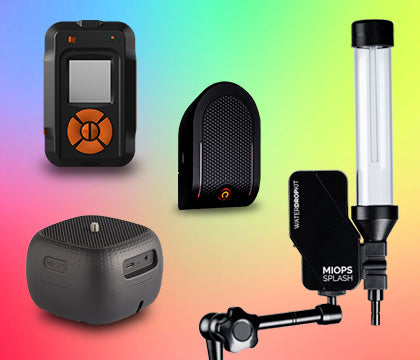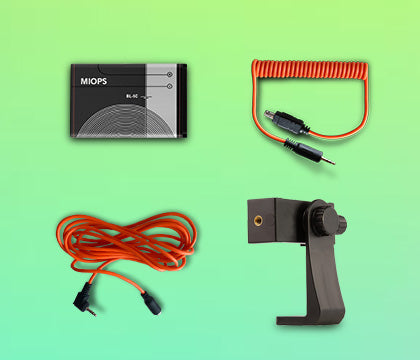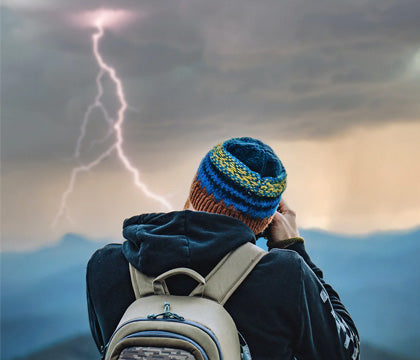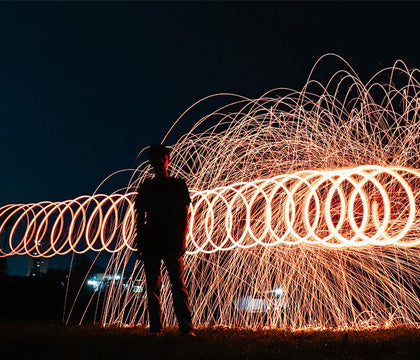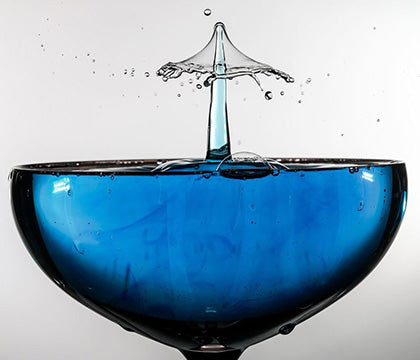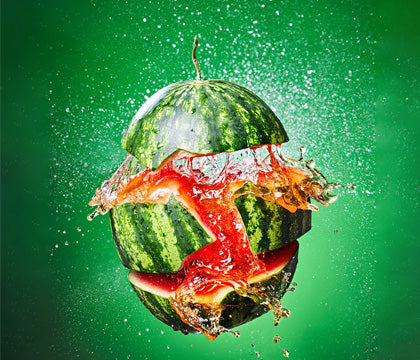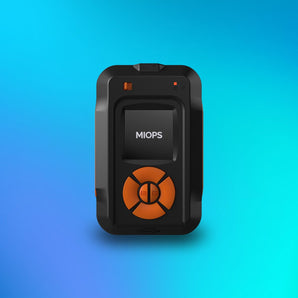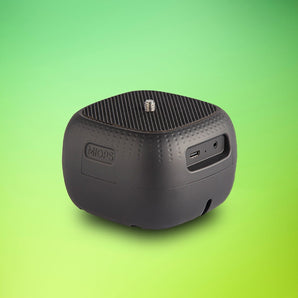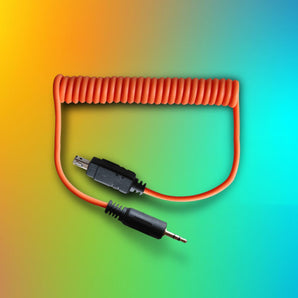Time-lapse photography allows us to compress hours or even days of motion into just a few captivating seconds. But did you know that the way your camera moves — or doesn’t move — can dramatically change the final result? In this guide, we’ll explore the differences between motion control and static timelapse, discuss the techniques and equipment needed for each, and share tips for taking your timelapse projects to the next level.
What is Static Timelapse Photography?
Static timelapse photography is the traditional approach where your camera remains completely stationary during the shoot. The camera captures sequential images at set intervals, and the resulting video shows motion in the scene itself — clouds drifting, stars rotating, or city traffic flowing — while the frame remains fixed.
Key Features of Static Timelapse
- Camera stays completely still on a tripod or fixed mount.
- Simple to set up and requires minimal equipment.
- Ideal for beginners or for scenes where foreground elements dominate.
- Exposure adjustments and interval settings are the main creative tools.
Advantages of Static Timelapse
- Lower cost: you don’t need motion control gear.
- Less technical complexity; great for beginners.
- Stable, consistent composition for straightforward post-processing.
Limitations of Static Timelapse
- Can feel “flat” or static if there’s no foreground movement.
- Limited storytelling opportunities; the camera doesn’t guide the viewer’s eye.
- Harder to create cinematic sweeps or reveal shots without post-production zoom effects.
What is Motion Control Timelapse Photography?
Motion control timelapse adds controlled camera movement to your shots, turning simple sequences into dynamic cinematic experiences. By using motorized sliders, panning heads, or robotic rigs like the MIOPS Capsule360, your camera can move in precise increments between exposures, adding depth and drama to your final video.
Key Features of Motion Control Timelapse
- Camera moves along one or more axes during the shoot.
- Precise, programmable increments control speed and duration of motion.
- Enables cinematic effects such as tracking, reveal, or parallax shots.
Advantages of Motion Control Timelapse
- Adds cinematic depth and visual interest to your time-lapses.
- Perfect for capturing cityscapes, landscapes, or architectural elements dynamically.
- Allows creative storytelling; the camera movement can guide the viewer’s eye.
- Enables combination with long exposures for light trails, star trails, or water flow blur.
Limitations of Motion Control Timelapse
- Requires specialized equipment like motorized sliders or pan-tilt heads.
- Higher cost and setup time compared to static timelapse.
- Needs careful planning: camera path, interval timing, and battery life must all be considered.
- More complex post-processing due to changing perspectives and motion blur.
Key Equipment Differences
| Feature | Static Timelapse | Motion Control Timelapse |
|---|---|---|
| Camera Movement | None | Motorized panning, sliding, or robotic movement |
| Equipment Needed | Tripod, intervalometer | Motorized slider, pan-tilt head, motion controller (e.g., MIOPS Capsule360) |
| Complexity | Low | Medium to High |
| Visual Effect | Stable, static composition | Cinematic, dynamic motion |
| Best For | Clouds, star trails, city traffic | Cityscapes, landscapes, architectural reveals |
Techniques for Both Styles
Static Timelapse Tips
- Use a sturdy tripod to prevent even micro-vibrations.
- Set consistent interval timing based on subject speed (e.g., 2-5 seconds for clouds, 30-60 seconds for stars).
- Lock exposure settings for long sequences to avoid flicker (use manual mode).
- Consider ND filters for daytime long exposures to create smooth motion blur in water or clouds.
Motion Control Timelapse Tips
- Plan your camera path and motion increments ahead of time to ensure smooth transitions.
- Synchronize your motion controller with the intervalometer to avoid jerky movements.
- Combine motion with long exposure to create sweeping light trails or fluid foreground motion.
- Use small incremental moves for subtle cinematic effect or larger sweeps for dramatic reveal shots.
- Test battery life and storage to ensure the rig can complete the entire sequence.
Creative Applications
Static Timelapse works best for:
- Star trails over a fixed landscape
- Traffic flow on city streets
- Cloud movement over mountains or buildings
- Construction or plant growth sequences
Motion Control Timelapse excels at:
- Panoramic cityscape reveals at sunrise or sunset
- Foreground-to-background tracking in landscapes
- Dynamic architectural timelapses showing scale
- Blending multiple motion axes for advanced visual effects
Combining Static and Motion Control
Some of the most striking timelapses combine static and motion-controlled shots. For instance, use a static camera to capture star trails while a second motion-controlled camera captures sweeping foreground motion. In post-production, you can blend both for a cinematic final video with both stability and dynamic movement.
Post-Processing Considerations
- Stabilize sequences shot with motion control if micro-vibrations occurred.
- Correct lens distortion when moving across wide angles.
- Use deflicker tools to smooth exposure variations, especially for long sequences.
- Color grade to enhance mood — motion adds drama, so contrast and saturation can help emphasize it.
Conclusion
Both static and motion control timelapse techniques have their place in photography. Static timelapse is perfect for beginners or scenes where simplicity is key, while motion control introduces cinematic depth and creative possibilities that elevate your storytelling. Understanding the difference between the two, selecting the right equipment, and mastering techniques like proper interval timing, exposure control, and camera path planning will ensure your timelapse videos are sharp, dynamic, and visually compelling.
Keywords: motion control timelapse, static timelapse, time-lapse photography, camera motion, MIOPS Capsule360, night sky timelapse, cityscape timelapse, landscape photography, creative photography tips


